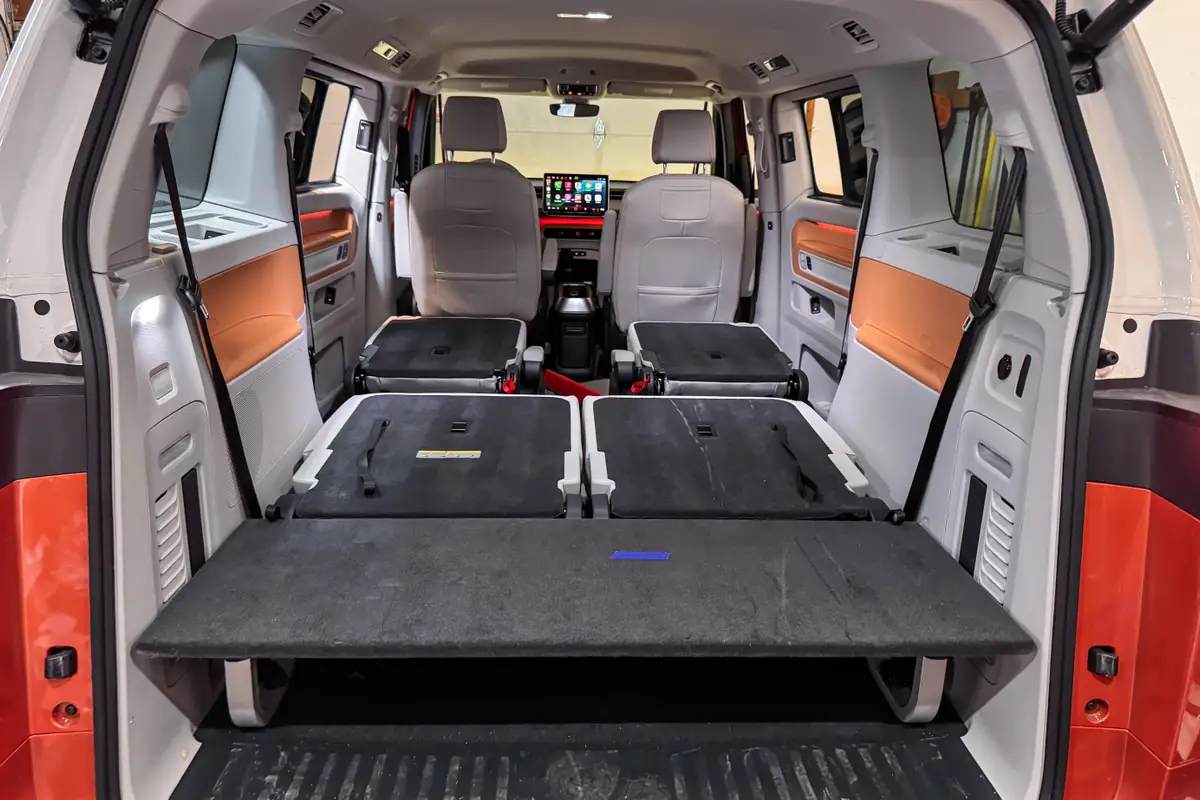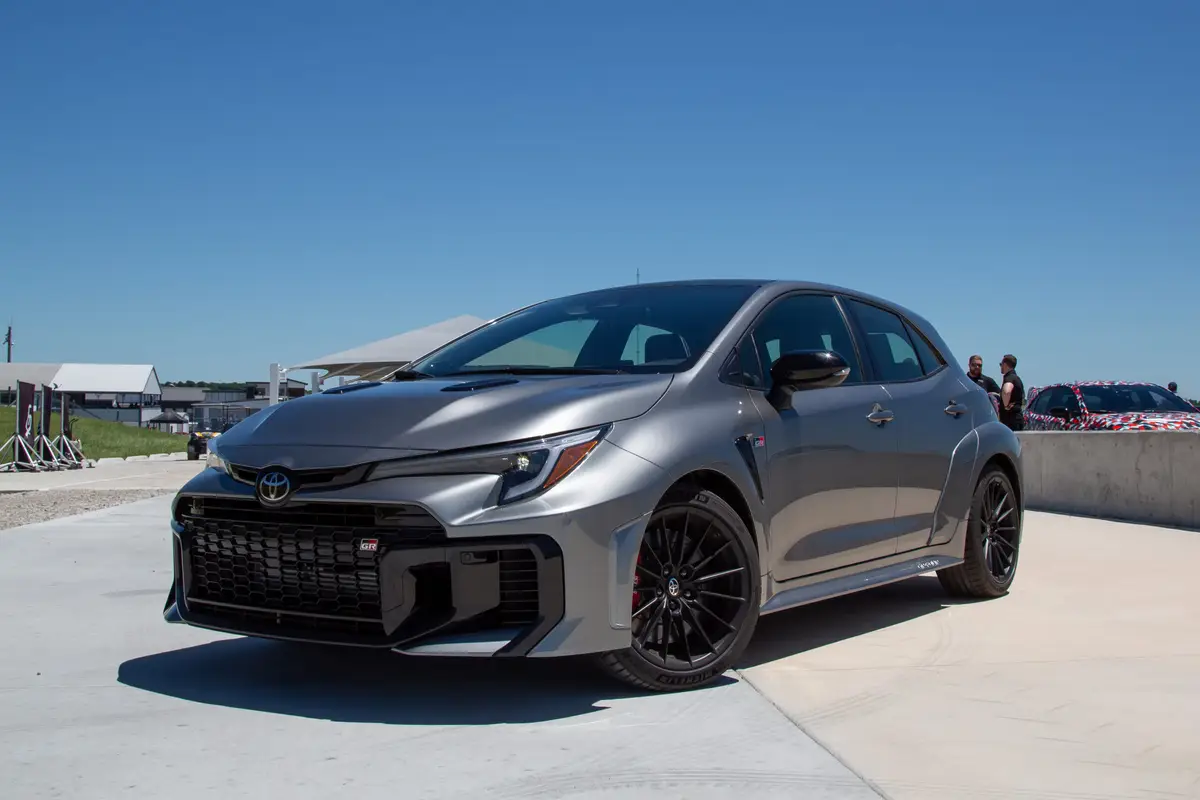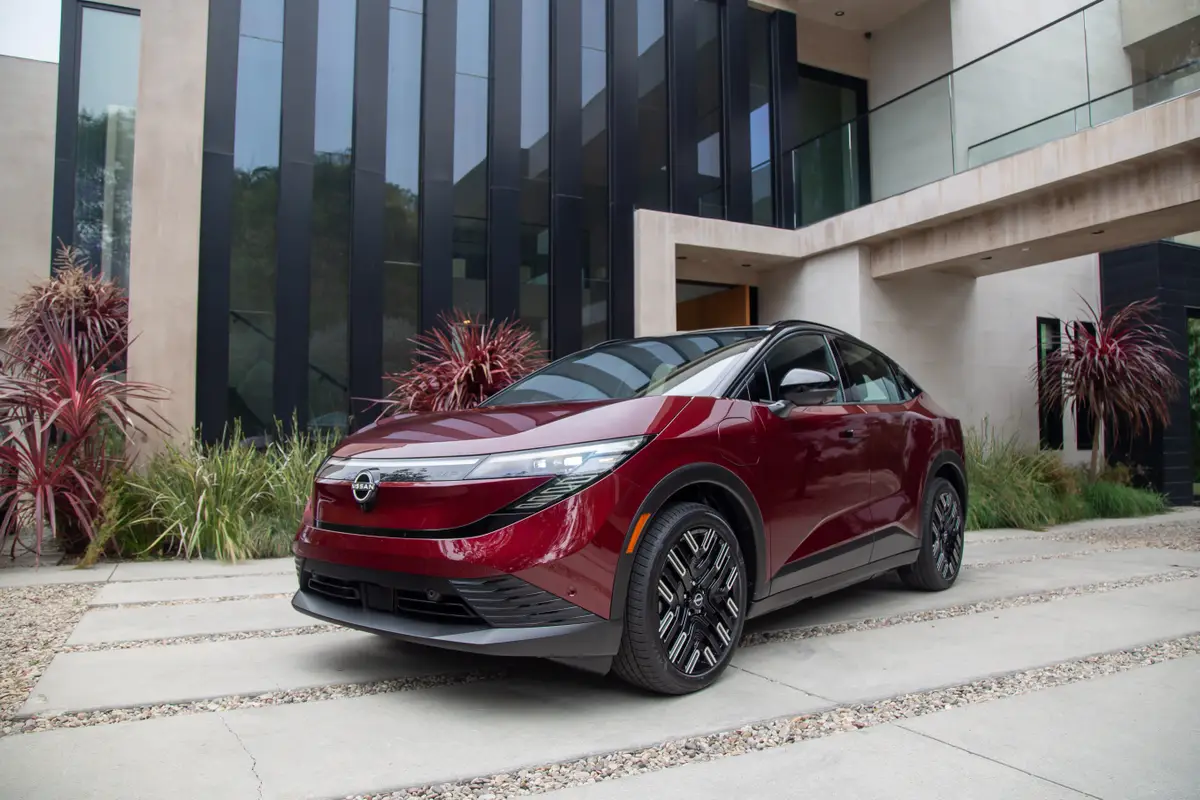Destination Fees on Cars Are Way Up; Here’s Why

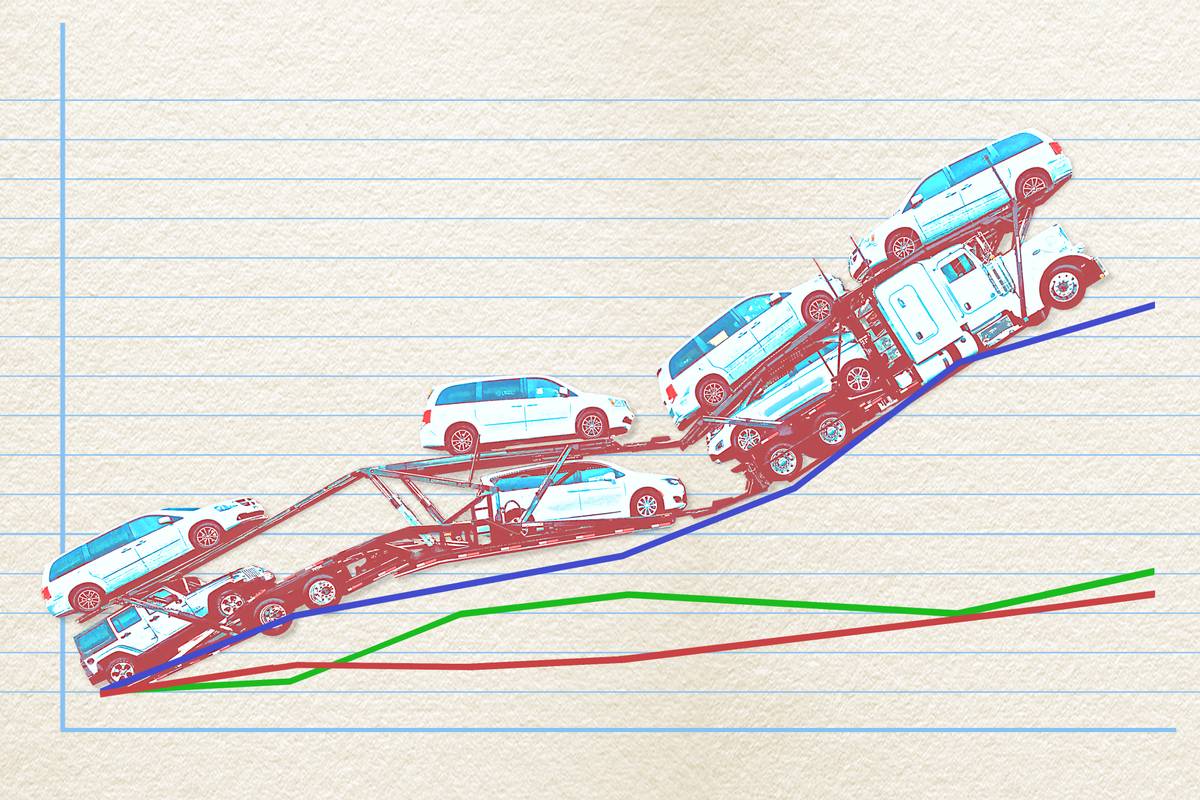
If you haven’t shopped for a new car lately, you might balk at an item near the bottom of the window sticker: the destination charge. Once a nominal fee of around $500, such charges have ballooned in recent years. Destination charges on the top three best-selling cars through May 2019 — the Chevrolet Silverado, Ford F-Series and Ram pickup — are more than $1,500 apiece.
Think that’s steep? You’re not alone.
- ${price_badge()}
- ${ami_badge()}
- ${battery_badge()}${ev_report_link()}
- ${hot_car_badge()}
- ${award_badge()}
- ${cpo_badge()}
${price_badge_description}
${ami_badge_description}
The EV Battery Rating is based on this vehicle's current expected range relative to the vehicles expected range when new. ${battery_badge_text}
Certified cars are manufacturer warrantied and typically go through a rigorous multi-point inspection.
This car is likely to sell soon based on the price, features, and condition.
${award_blurb}
${award_two_blurb}
Shop the 2019 Ford F-150 near you


Consider the 10 best-selling cars each year from 2013 through 2019, by Automotive News’ tally. Sales-weighted destination charges averaged $899 for the group in 2013, but they’re up to $1,289 today. Over six years, that’s up nearly 45 percent. By contrast, J.D. Power’s average new-car transaction prices increased only about 16 percent over the same period, while general inflation increased just 10 percent.
Zoom in on the 10 best-selling models each year, and median dealer-advertised prices on Cars.com are up just 12 percent over the span — from $32,840 in May 2013 to $36,779 in May 2019. Index everything to 100, and here’s how that compares to the increase in destination charges and inflation:
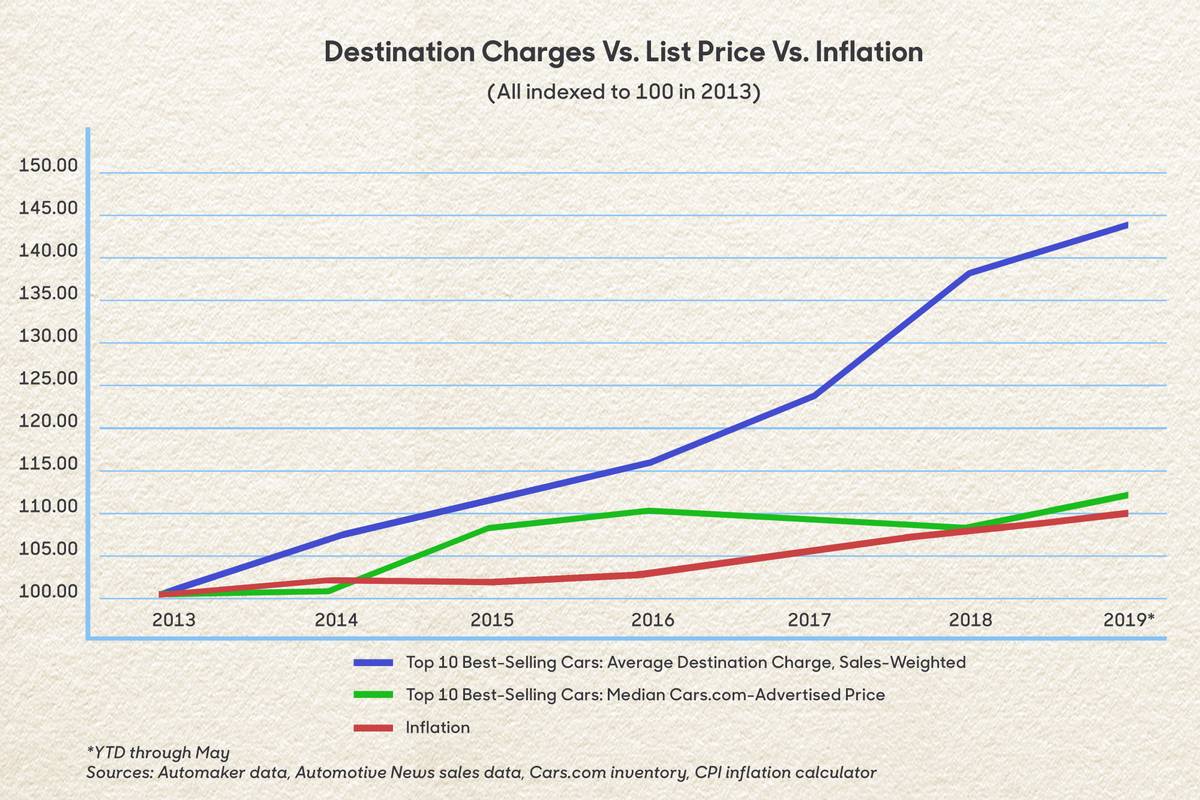
A Profit Play?
It wasn’t always this way. When we reported on destination charges in 2013, such fees had inched upward during the prior decade (2003-2012) at an average annual clip of 3.3 percent, or roughly on pace with the increase on overall new-car prices. But from 2013 to 2019, that’s anything but the case: Fees have increased at an average annual rate of 6.2 percent.
Building cars is a relatively low-margin business. Are automakers trying to find an extra line item to wring out some profit? Tyson Jominy, who heads up J.D. Power’s data consultancy, thinks not.
“I don’t think many people realize that D&H [destination and handling] is intentionally a profit-neutral activity,” Jominy wrote in an email to Cars.com.
Automakers, he said, “aren’t supposed to hide profit in the field. An [automaker] attempts to set a rate that is the average across its portfolio to ship vehicles to all parts of the country.”
It’s possible to book a small profit or loss if those estimates are off, but if automakers “did their job perfectly,” he added, “that would be a secondary impact, not the goal.”
Shipping Industry Expenses Rising
So why are rates going up? It’s not due to the cost of fuel. Diesel fuel, a major factor in trucking costs, has actually fallen in price during the span.
But other factors are at play, said Sean Cabin, of vehicle-transportation firm RCG Logistics.
“The modest cost reduction [in diesel fuel] during the last year is more than compensated by tight driver and new equipment markets,” said Cabin, RCG’s chief compliance officer. “These bottlenecks have caused many carriers to reduce their driver hiring requirements and added further risk when purchasing essential equipment.”
Vehicle transporters “must also factor in the standard increased cost of doing business caused by insurance rate increases, ELD [electronic logging device] compliance and maintenance,” he added.
J.D. Power’s Jominy points to related costs: higher wages, pricier trucks and fewer personnel in the shipping industry. He also pins much of the increase on the ballooning size of vehicles.
Bigger Cars, Bigger Cost
“Vehicles are bigger and longer across the board, including sedans,” he said. “It’s the opposite of airlines, who are able to squeeze more passengers into every flight to stay competitive by adding seats. It’s like [automakers] are taking seats out of every flight, so prices are going up.”
What’s more, larger types of vehicles are diminishing the number you can fit on a train or trailer. Pickup trucks, vans and SUVs comprised about half of new-car sales in 2013, according to Automotive News. Through the first five months of 2019, they account for 7 in 10 sales.
“The mix of trucks and SUVs in transport is pushing the rates higher,” Jominy said. “When you could fit 100 vehicles on a train or 10 to a trailer, now you can fit fewer at every step of the delivery process, which adds cost.”
Those shopping full-size pickups will bear the brunt of that cost. Destination fees ran for years between $900 and $1,000, but they’ve escalated well into four-figure territory in recent years:
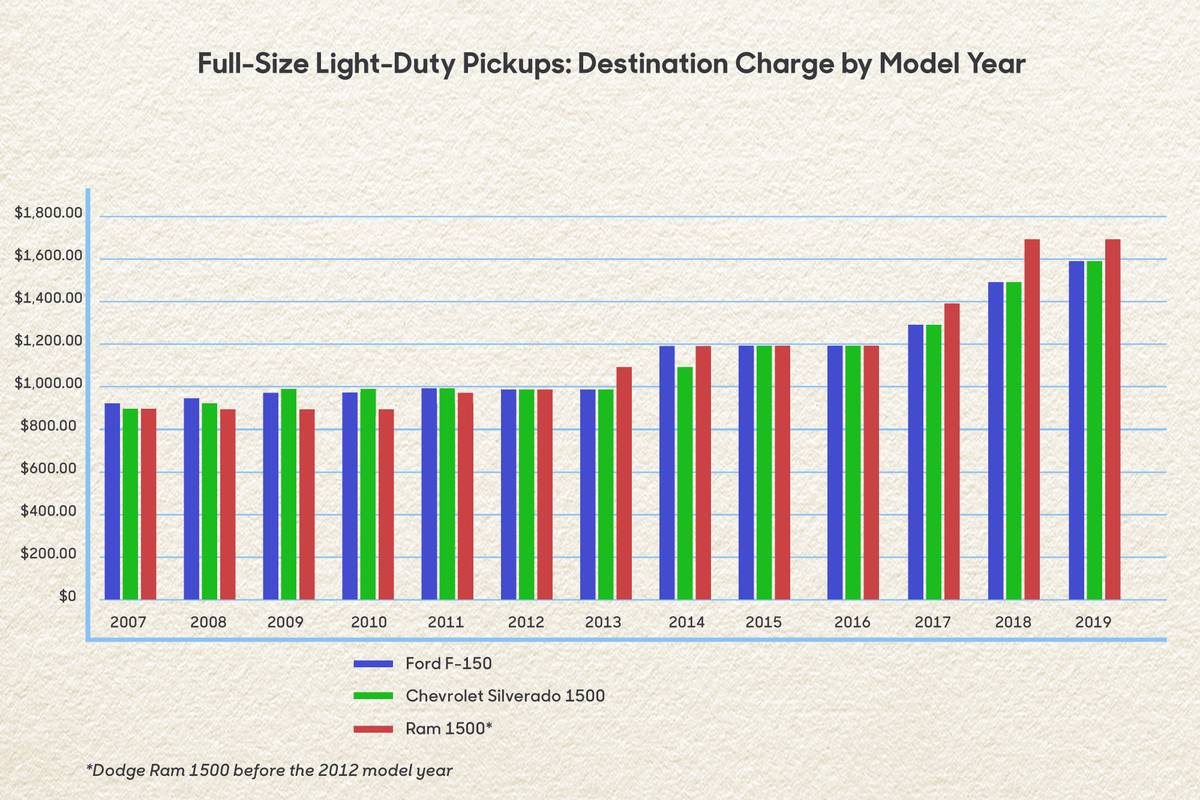
In some cases, those fees reflect lineup-wide costs. Fiat Chrysler Automobiles, parent company of the Ram brand, charges $1,495 across a range of model-year 2019 products, just a stone’s throw from the Ram 1500’s $1,695 fee. In other cases, meanwhile, pickups carry a steep premium. Ford charges $1,595 for destination on the F-Series, but less than $1,100 on most of its SUVs, and under $1,000 on cars like the Fiesta and Fusion.
GM falls somewhere in between, charging $875 for cars like the Chevrolet Cruze and Malibu but $1,195 for SUVs like the Chevrolet Equinox and Traverse. Any way you cut it, full-size pickup trucks from the Detroit Three have some of the industry’s steepest destination fees.
We reached out to all three automakers regarding the fees. GM did not immediately respond to our questions. Jiyan Cadiz, a spokesman for Ford, pointed to higher transportation costs for larger vehicles, as well as “high overall demand for rail [and] truck transport in this country.”
‘The Total Pricing Package’
Jeff Bennett, a spokesman for FCA, declined to comment on components of the destination fee but said it’s only a part of the larger picture.
“You can’t look at any single element of the pricing equation,” Bennett wrote in an email. “Rather look at the entire equation which includes MSRP, incentives, options, transportation and financing terms. Vehicle pricing is about the total pricing package.”
Perhaps the best advice for shoppers? As early as possible in the process, insist on the vehicle’s final price out the door, including all taxes and fees. That’s our practice when we shop anonymously each year for the vehicle Cars.com chooses for the annual Best Of award. If you haven’t bought a car in a while, current destination fees will doubtless add a few hundred dollars versus the last time you shopped, but it all wraps into the same out-the-door price. And that number — not any line item therein — is what you should negotiate on.
More From Cars.com:
- How to Win the Car Financing Game
- How to Use New-Car Incentives, Rebates and Finance Deals
- Understanding Factory-to-Dealer Incentives
- Glossary of Car Leasing Terms
- We Bought a Genesis G70: Here’s What We Paid
Cars.com’s Editorial department is your source for automotive news and reviews. In line with Cars.com’s long-standing ethics policy, editors and reviewers don’t accept gifts or free trips from automakers. The Editorial department is independent of Cars.com’s advertising, sales and sponsored content departments.

Former Assistant Managing Editor-News Kelsey Mays likes quality, reliability, safety and practicality. But he also likes a fair price.
Featured stories
